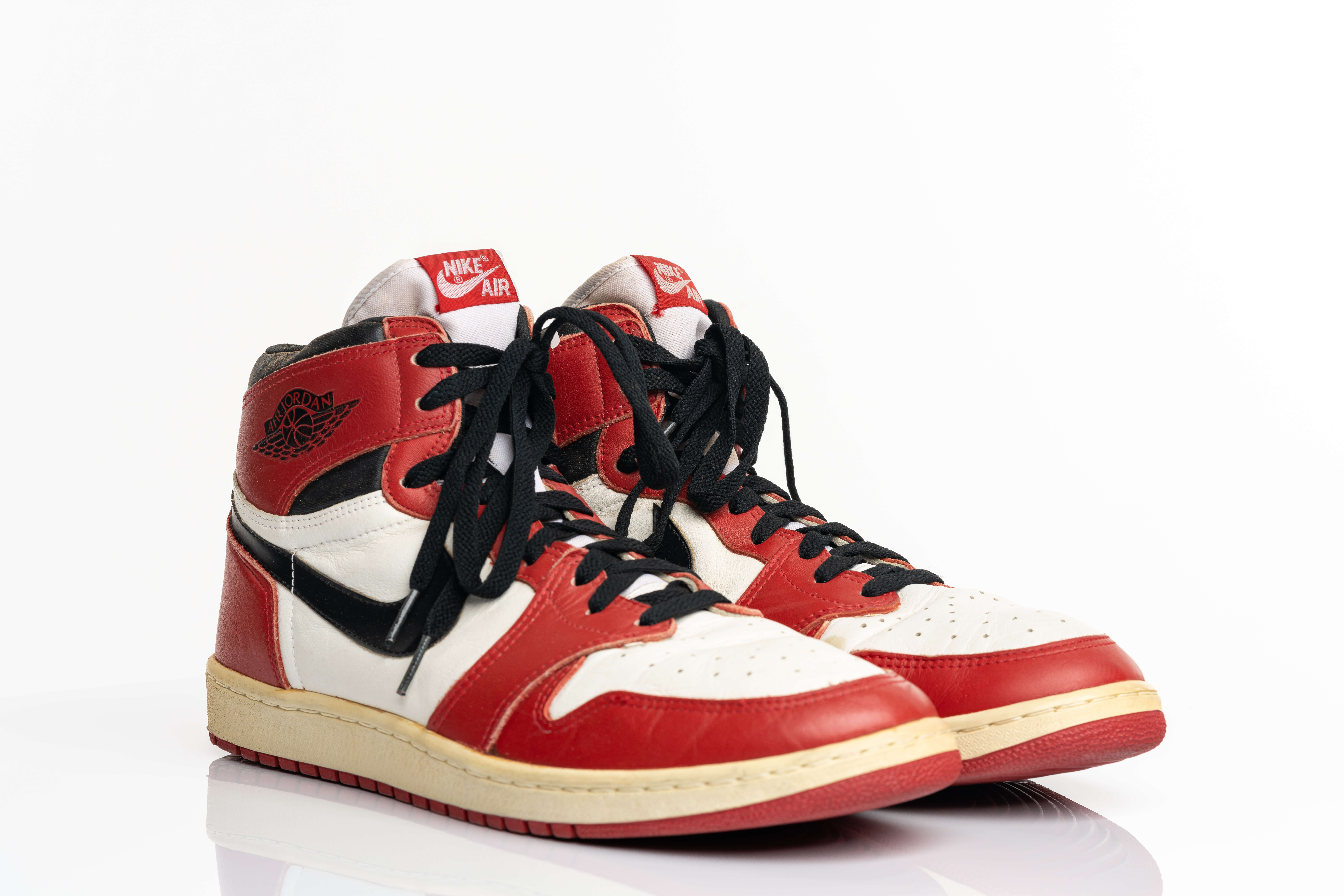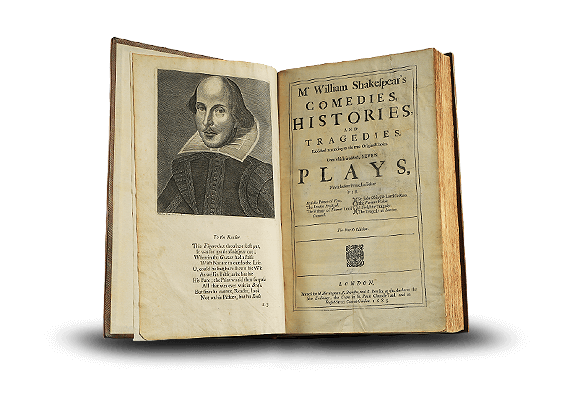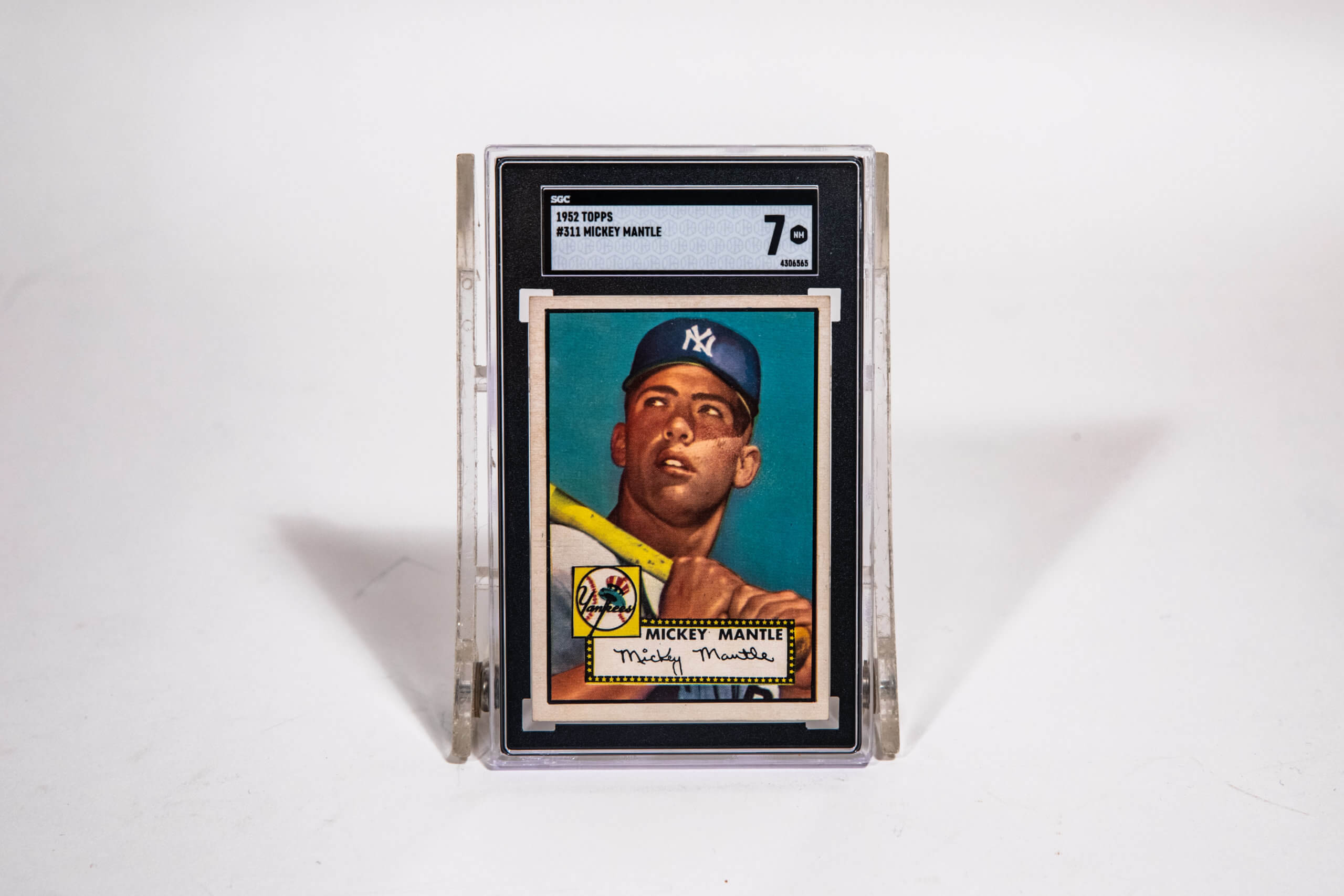Blog > Stories
The ‘38 Macallan Red Ribbon: A Stubborn Life
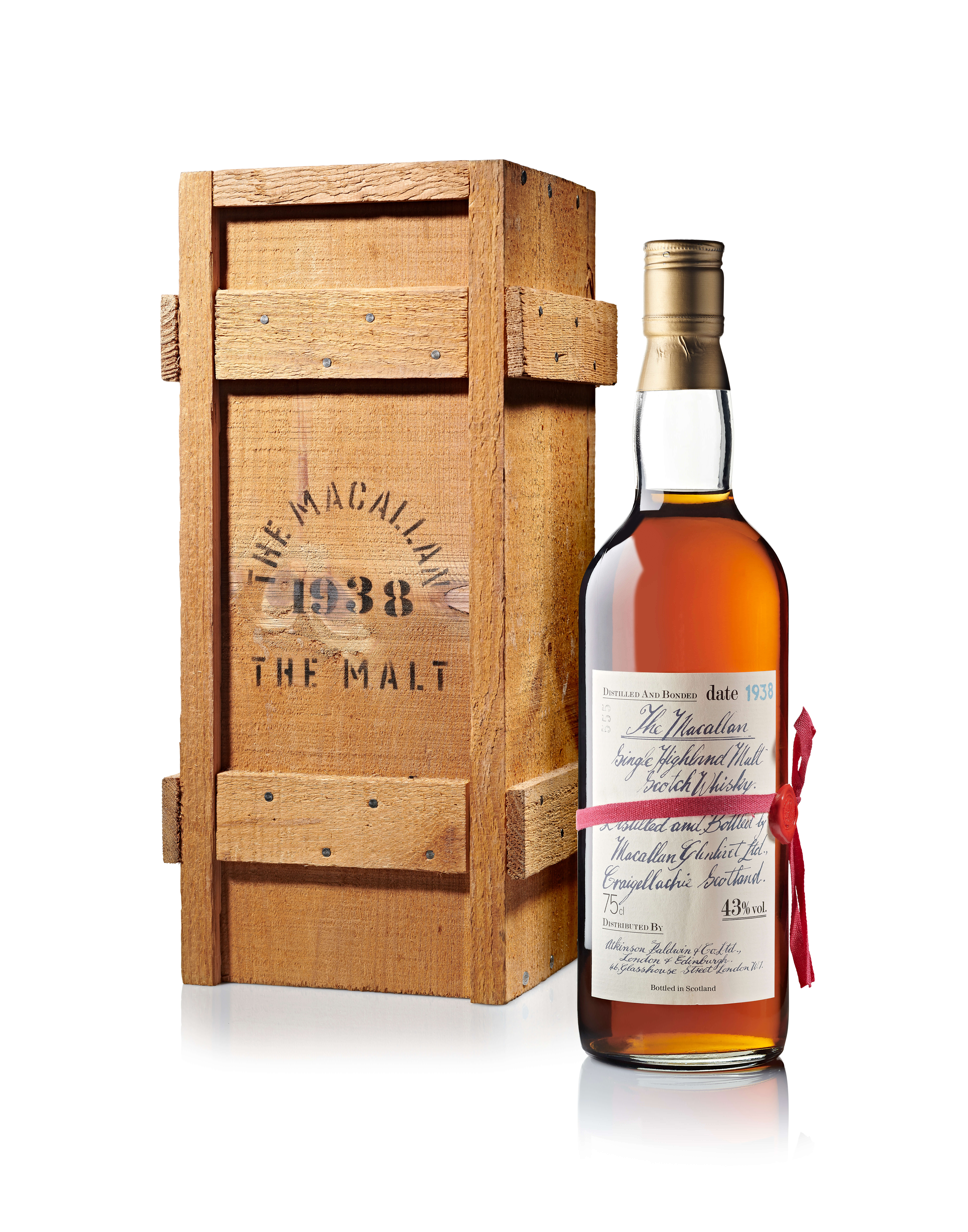
Blog > Stories
The ‘38 Macallan Red Ribbon: A Stubborn Life

1938-1939: Scarcity and a Battered Speyside
Under the Radar, as an Attribute
What did Macallan look like in 1938? With WWII looming, the relatively small distillery was under the operation of Dr. Samuel Allen Shiach, whose grandson would usher in the era of Macallan as the world-renowned distillery we know today. Then, the distillery was in the business of producing single-malt whiskeys to sell to other whisky makers for their blends. Still, they had a mind toward high quality, well-aged whiskies, and had a good reputation among their buyers. The 1938 was distilled and casked in the knick of time, as the declaration of WWII in 1939 brought an onslaught of production restrictions.
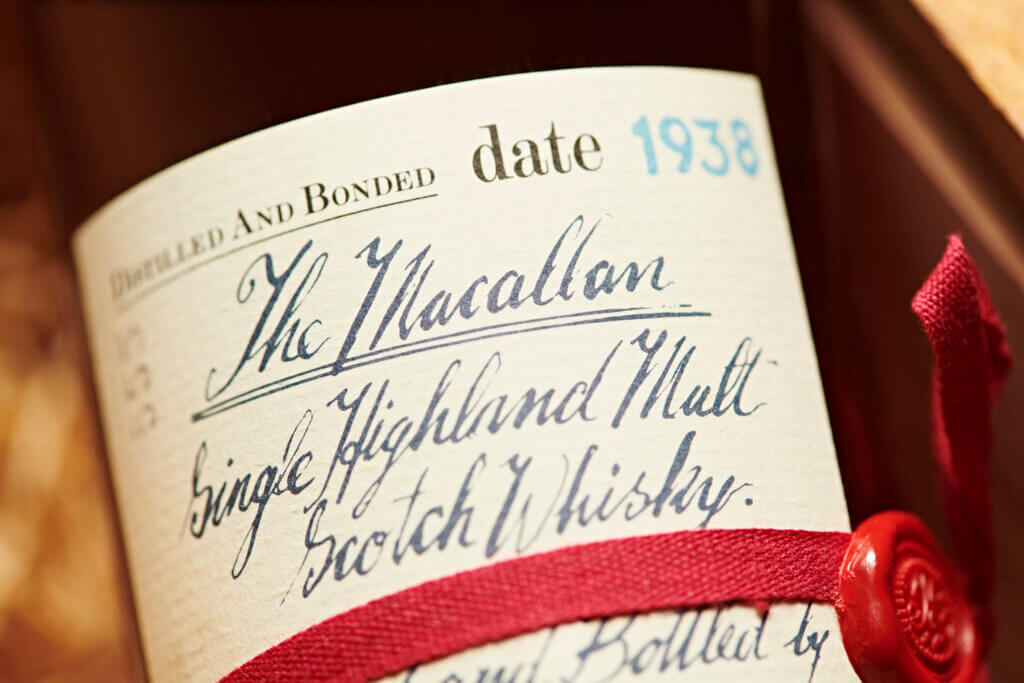
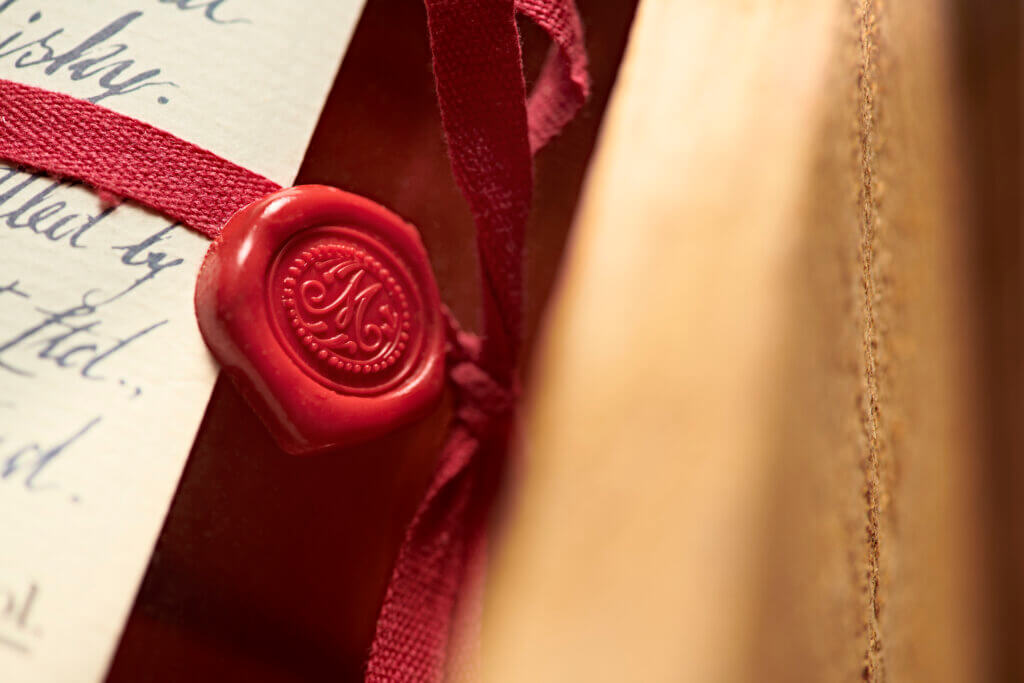
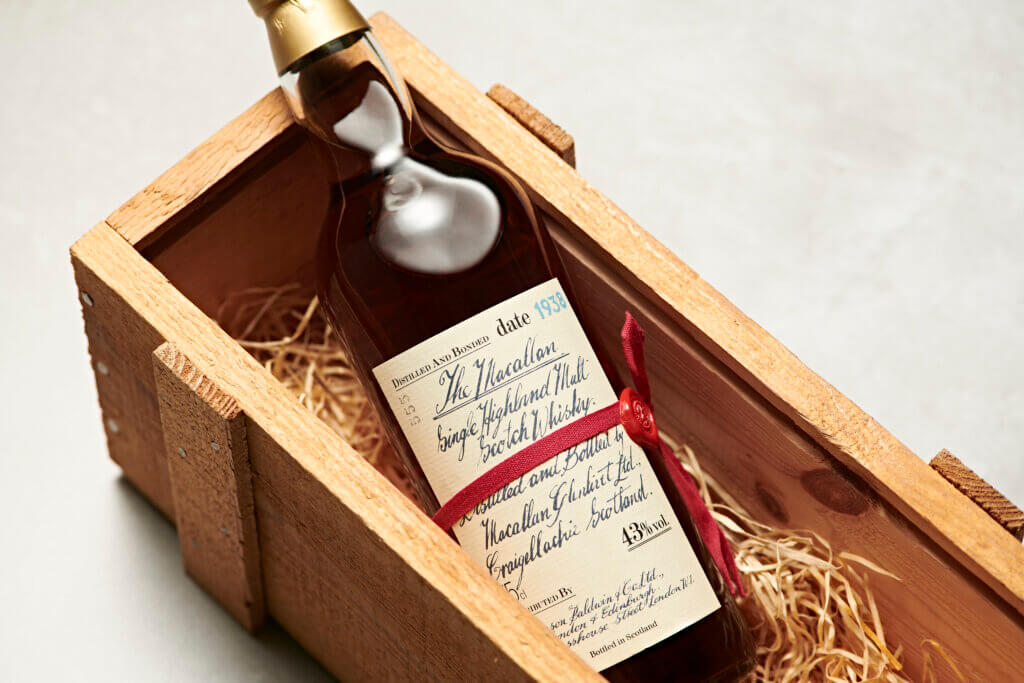
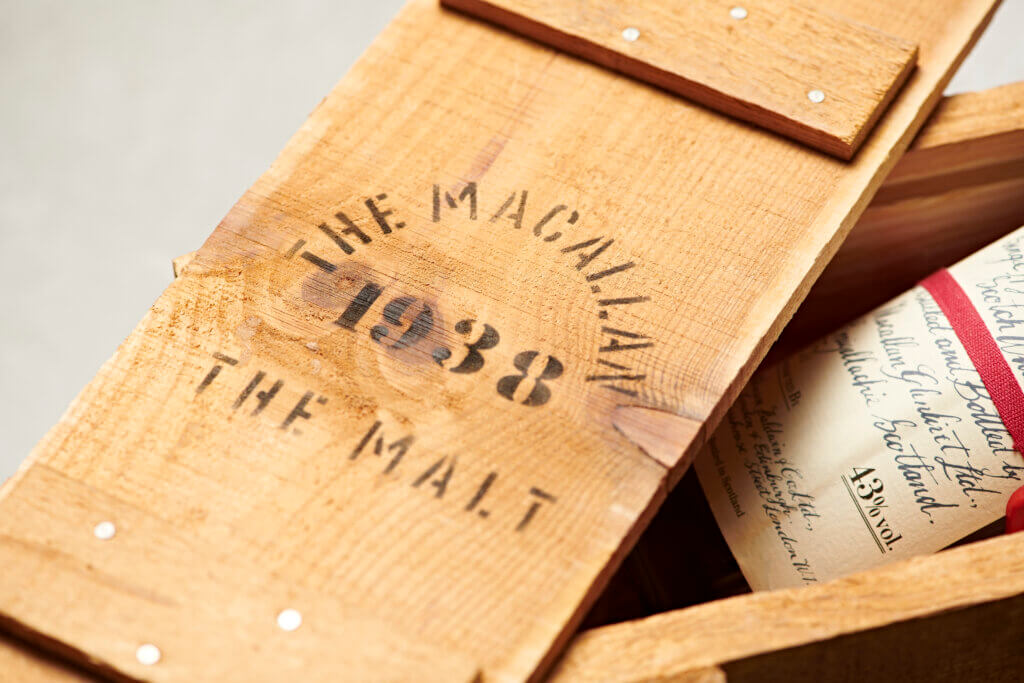
Freshly casked, the ‘38 Macallan narrowly missed restrictions that would have surely crushed any chance of it being distilled in the first place. Furthermore, the size of Macallan as a business should have been its undoing. The fact that the distillery hadn’t been sold off or absorbed by a larger distiller is due to the sharp business prowess of Robert Kemp, as well as the insistence of his descendants to maintain both control of the business and quality of their stock.
In the following years, Scotland went from producing 10.7 million proof gallons per year to only 3.2 in the first year of the war and endured an even slimmer allowance in the years that followed, only producing 3.7 million proof gallons for the entirety of the remaining war years. The barley necessary for production was redirected to help feed the citizens of Scotland. By 1944, hardly any Scotch whisky was being produced at all, unless it was done illicitly.
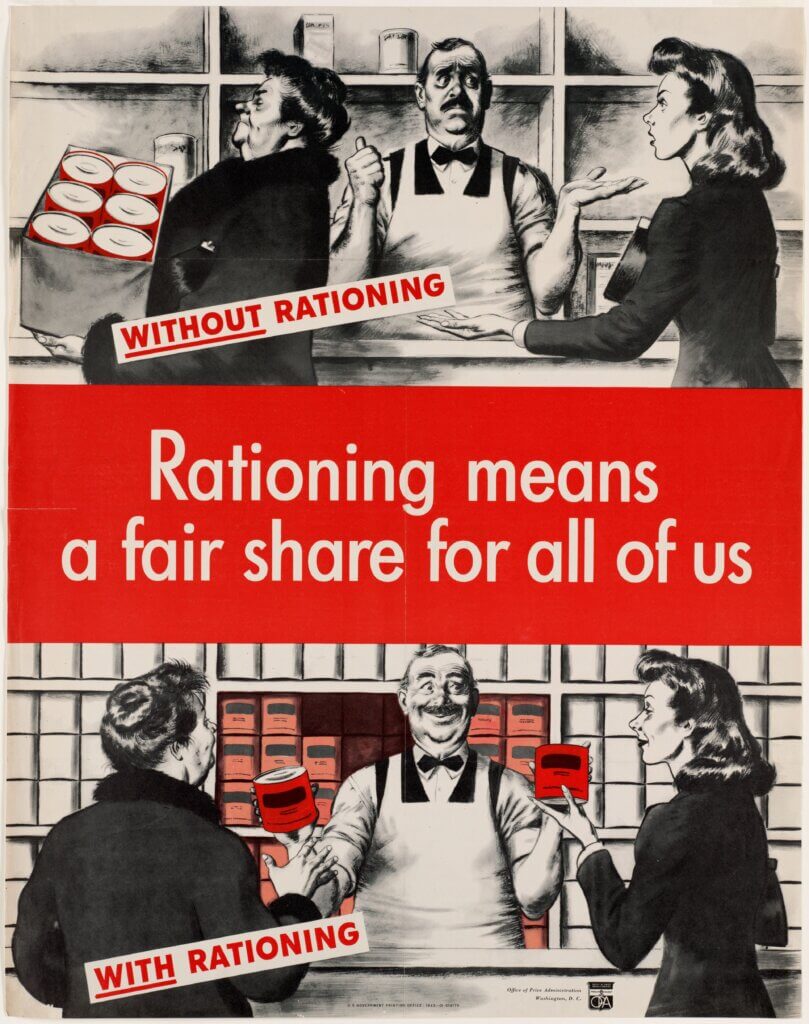
When to Hold ’em
Needless to say, production restrictions stamped out a number of distilleries, which either closed their doors, or sold to larger distillers interested in their mature goods. Distillers were in a difficult spot: They could either compromise quality by bottling significantly younger whiskys, or sell through aged stock, possibly compromising the longevity of their business.
The water was not fit to drink. To make it palatable, we had to add whisky. By diligent effort, I learned to like it.
Avid WWII drinker and Prime Minister of the United Kingdom Winston Churchill
Larger distilleries tended to manage the war years more easily with a bigger safety net to work with and the capabilities to buy out smaller producers. But Macallan, which was a much smaller production at the time, refused to compromise their quality, and likewise refused to sell their aged stock – a choice that made the ‘38 what it is today. Taking the notion of living lean in wartime to new lengths, the producer eked by, dramatically reducing the size of their business.
Aside from navigating the legal landmines of wartime whisky production, Macallan had to dodge a far more literal danger – bombs. Scotland was not spared the wreckage of the war, and it’s estimated that 4.7 million proof gallons of Scotch whisky were lost due to air bombings – more than was successfully produced for much of the war. In more ways than one, the shuttering of Macallan, and a spilled cask of 1938 single malt whisky, was a near-miss.





